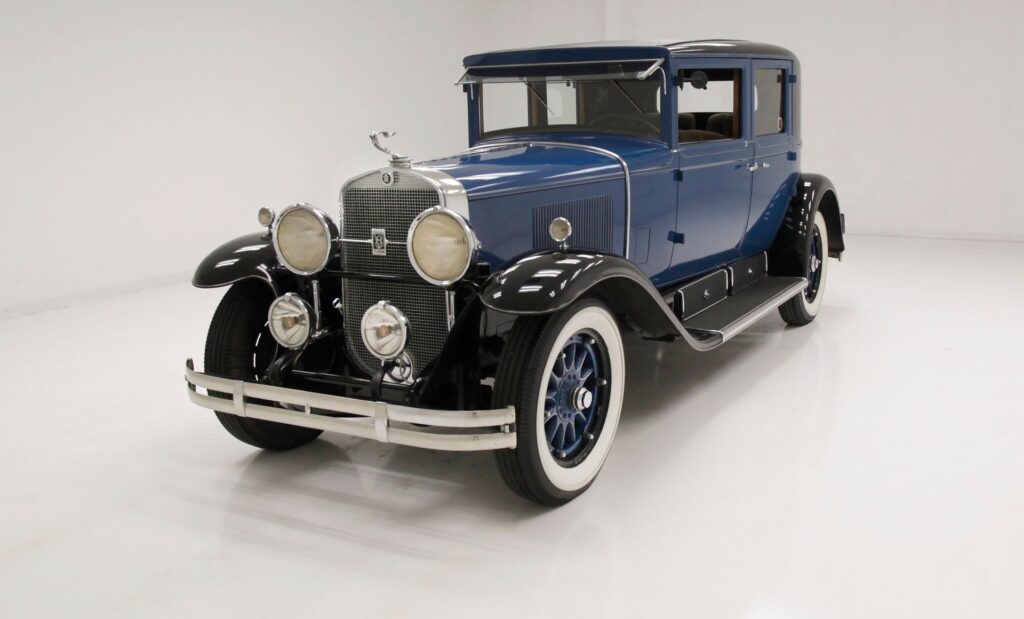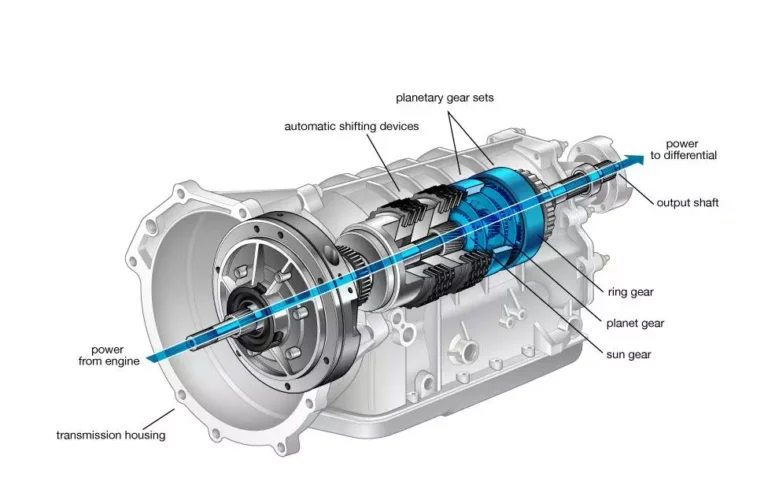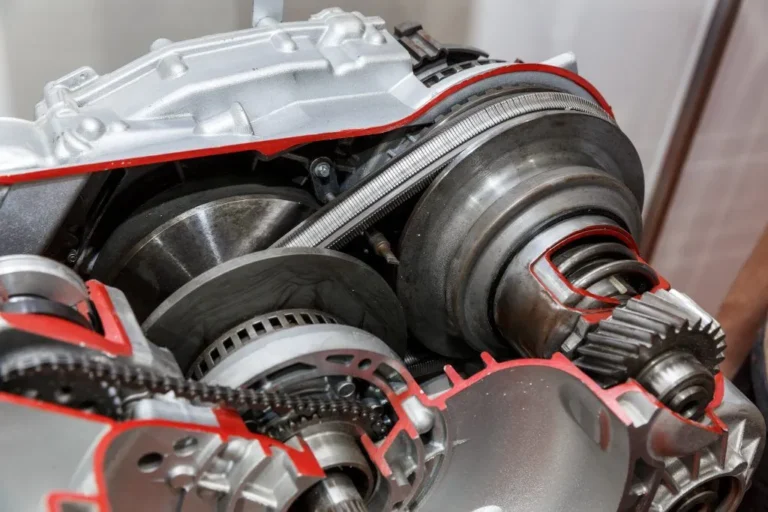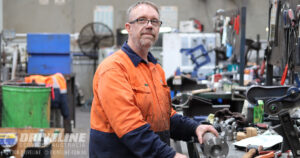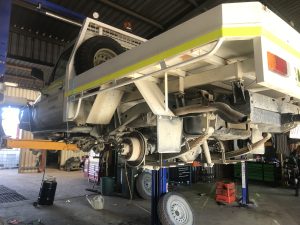Ever since automobiles were invented in the late 1800s, transmissions have been spinning our wheels and helping us travel from one place to the next. Over the years, refinements in materials, manufacturing and automotive engineering have steadily developed transmissions, turning them into the precision driveline equipment we know today.
But cars and other vehicles weren’t always so easy to drive, and early transmissions lacked the refinement of their modern equivalents. Below, we will explore the history of vehicle transmissions and how we got from the era of the horse and cart to modern, high-performance gearboxes.
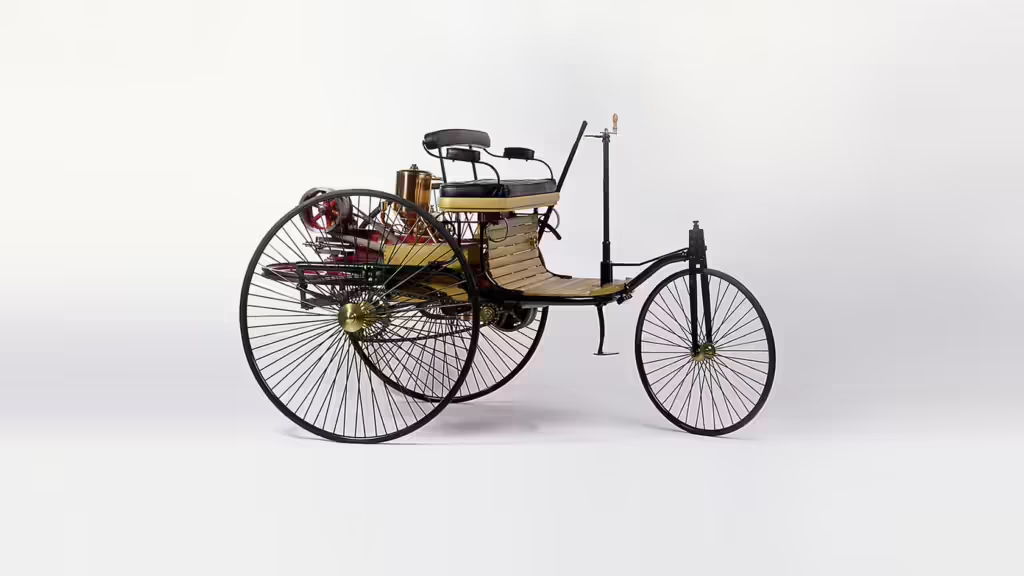
Early Transmissions
Most historians credit Carl Benz as the grandfather of modern cars. An engineer and automotive designer, Benz’s long years working with stationary engines eventually led him to develop the first practical application of the automobile.
Although the Benz Patent-Motorwagen was a far cry from the vehicles we see on our roads today, in its time it represented a huge leap forward for engineering and automobiles. Featuring only three wheels and a top speed of just under 10 miles per hour, the Motorwagen didn’t require much in the way of a transmission. As with the competing cars that followed, the Motorwagen’s transmission was a simple leather belt-drive that could be shifted between an open and drive disc to engage the chain-drive which powered the rear wheels.
Non-Synchronous Transmissions
Before long, the original 1-speed Benz-style transmission was replaced with the first generation of gearboxes to resemble our modern implementations. The first true ‘gearboxes’ were debuted in 1894. They featured manual transmissions and multiple, unsynchronised gears.
These gearboxes worked much the same way as modern manual transmissions, except the gears lacked synchro rings and would need to be forced together to shift from one to the next. While this system worked well for the low-powered vehicles of the early 1900s, the lack of synchronisation significantly shortened the life of the gearbox and proved unsuitable for engines that produced more power.
Synchronous Transmissions
As vehicles became more powerful and reliable, people began to put them to new uses, like road transport and racing. In 1929, the Cadillac was the first vehicle to feature a synchromesh system, similar to the synchronised transmissions in modern vehicles. Synchromesh gearboxes included new technology that matched the speed of gears with the output shaft, allowing the driver to shift from one gear to the next easily and without grinding.
Although synchronised gearboxes were available as early as 1929, many cars and heavy vehicles continued to use unsynchronised gearboxes for several more decades until the technology became more accessible.
Automatic Transmissions
A decade later in 1939, the first automatic transmissions were introduced. These were designed to find the optimum gear for driving without the need for direct input from the driver. Early automatic transmissions proved popular, and they were quickly developed to include more gears and sophisticated torque converters for better fuel efficiency and a smoother driving experience.
The first automatic transmissions relied largely on manual mechanisms to select and change gears. Valves and springs were a common method of changing from one gearset to the next. Luckily, although the concepts behind automatic transmissions remain unchanged, modern electronics make the technology more reliable, even for larger vehicles like trucks.
Contemporary Transmissions
More than 100 years of development and advancements have gone into the transmissions that power our modern cars and trucks. While we still produce vehicles that use classic manual and automatic transmissions, the modern trend for passenger vehicles is towards a newer technology: Continuously Variable Transmissions (CVT). The CVT isn’t an entirely new concept, but modern manufacturing has made them more feasible than ever.
Rather than featuring a set number of gears like automatic or manual transmissions, CVTs use a pulley system where the size of the pulley is infinitely variable. Typical CVTs contain two pulleys that change their size relative to each other as the driver accelerates or decelerates. This effectively creates an infinite number of individual gears and removes the need to shift between discrete gears of different sizes.
Need Expert Transmission Maintenance and Servicing? Contact Driveline Services Today!
Modern transmissions have come a long way from their early counterparts. Over a century of engineering work and refinement have produced precision componentry that can stand up even to hard use in Australia’s harshest industries. For when you need your vehicles to work properly, Driveline offers a comprehensive range of transmission repair and maintenance services.
We work with light fleet, road transport, mining equipment, and industrial, rail and marine equipment from all over Australia, offering design, supply and repair services for a wide range of manual and hydrostatic transmissions and components.
Speak to us today if you need our experts to take a look at your vehicles and keep your company moving.

